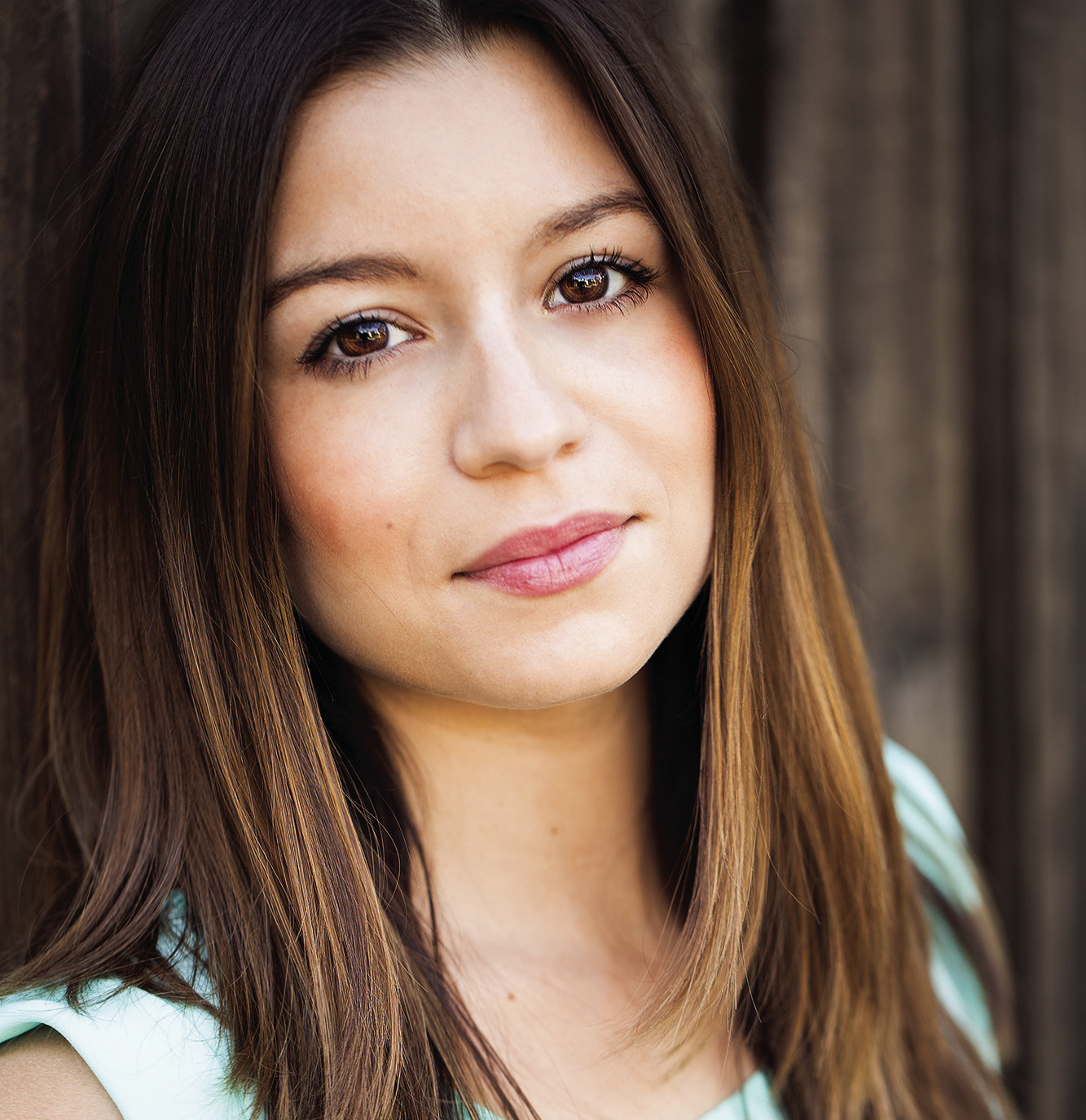LOCAL EVENTS
The 1921 Tulsa Race Massacre began with rumors about an incident with a young black man named Dick Rowland who was riding in an elevator with a white woman named Sarah Page, according to the Tulsa Historical Society and Museum website. Tulsa police arrested Rowland the following day, and an article in the May 31 Tulsa Tribune was the catalyst for a confrontation between black and white armed mobs around the courthouse where the sheriff had his men barricaded on the top floor with Rowland. The outnumbered African Americans began retreating to the Greenwood District. The next morning Greenwood was attacked by white rioters who burned and looted the area. The violence lasted only 24 hours but led to the destruction of 35 city blocks, 800 injured people and 36 deaths. Anita Azenet and Joe Fikes wrote a screenplay, Tulsa ‘21, that is a blend of fact and fiction, which dives further into the relationship between Rowland and Page. There will be a staged reading at 6 p.m. on Feb. 8 at the Price Center, featuring Cleofas Soto as Rowland, Mike Gassaway as McNally, the lead antagonist, and Bi- anca Collins as Page.
“The elevator malfunctioned,” Azenet said. “When it malfunctioned, they were thrown literally together, and she hurt her foot, and that’s fact. The elevator doors open, and they’re saying that the young man was trying to assault the young woman.”
Fikes added that Page was put in a situation where she either could say nothing about what happened or be accusatory. She went with the neutral stance and refused to say anything or press charges, which angered the white people who wanted Rowland to be lynched.
“They arrested the boy, took him to the courthouse and tried to basically interrogate him without his parents being around. His dad got mad, rounded up all his boys and marched to the courthouse. And as you can imagine, everything kind of spiraled from there,” Fikes said. “The governor called the National Guard, and they brought planes in and dropped kerosene bombs on Tulsa and leveled it.”
Fikes started writing this screenplay 21 years ago, when he was at film school at UCLA. About ten to 12 years ago, he asked Azenet, who had a screenwriting degree from California State University, to help him revamp it. Fikes’ initial screenplay was very action packed and explosive.
“Then I asked Anita to read it,” Fikes said. “She goes, ‘Well, you said this was a love story. But I’m not feeling any love here.’” While Azanet was researching, she found an interview with Rowland’s mother that said Page and her son met up out of state many years after the riot, which inspired her.
“That’s where my mind and my imagination started going,” Azenet said. “What if these two … teenagers were having a secret affair of some sort because they weren’t allowed to be with one another in 1921. And the race riot tears them apart and then brings them back together.”
Tulsa ‘21 was originally written as a movie, so the event on Feb. 8 will be a fully costumed staged reading that was funded by a San Marcos Arts Commission grant. Fikes and Azenet explained that playwriting and screenwriting are different.
“The screenplay is very visual,” Fikes said. “[It depicts] real high flying [planes], big explosions and all that stuff. Obviously you can’t do that on stage.”
Azenet added that, with a theater script, everything is expressed in dialog.
“There’s no close ups of how somebody’s upset or crying; they have to express that verbally or with music or somehow,” she said. “Although the screenplay was written for film, we are now beginning to look at it as a stage production, a musical. The staged reading will be professionally videotaped, so we may see what works and what doesn’t work on stage. Ultimately, it takes investors to fund any production, film or stage. We hope this will catch the attention of someone who can take it to the next level, so this story can be told to the masses.”
The staged reading is currently fully booked, but go to eventbrite.com/e/ tulsa-21-a-staged-reading- tickets-1113306332209?aff=ebdssbdestsearch to join the waitlist.










